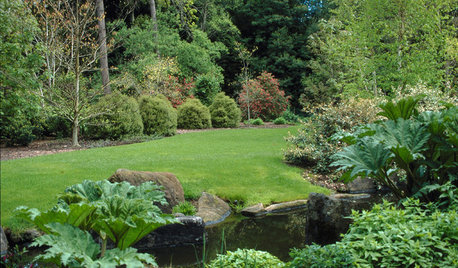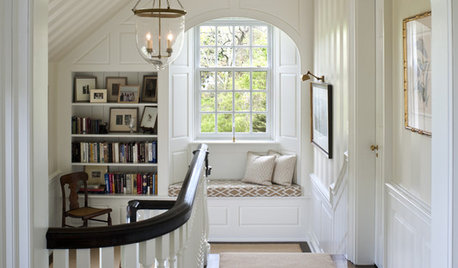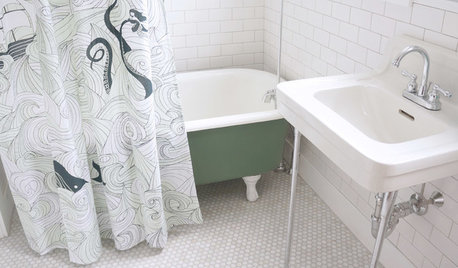Help with Salvia ID
poisondartfrog
14 years ago
Related Stories

GARDENING GUIDESYou Don't Need Prairie to Help Pollinators
Woodlands, marshes, deserts — pollinators are everywhere
Full Story
STAIRWAYSHelp Your Stair Landing Take Off
Whether for storage, art, plants or whatever else strikes your fancy, your stair landing can serve your home in a thoughtful way
Full Story
BATHROOM WORKBOOKStandard Fixture Dimensions and Measurements for a Primary Bath
Create a luxe bathroom that functions well with these key measurements and layout tips
Full Story
ORGANIZINGDo It for the Kids! A Few Routines Help a Home Run More Smoothly
Not a Naturally Organized person? These tips can help you tackle the onslaught of papers, meals, laundry — and even help you find your keys
Full Story
BATHROOM MAKEOVERSRoom of the Day: See the Bathroom That Helped a House Sell in a Day
Sophisticated but sensitive bathroom upgrades help a century-old house move fast on the market
Full Story
PETSHow to Help Your Dog Be a Good Neighbor
Good fences certainly help, but be sure to introduce your pup to the neighbors and check in from time to time
Full Story
HOUSEKEEPINGThree More Magic Words to Help the Housekeeping Get Done
As a follow-up to "How about now?" these three words can help you check more chores off your list
Full Story
ARCHITECTUREHouse-Hunting Help: If You Could Pick Your Home Style ...
Love an open layout? Steer clear of Victorians. Hate stairs? Sidle up to a ranch. Whatever home you're looking for, this guide can help
Full Story
LIFE12 House-Hunting Tips to Help You Make the Right Choice
Stay organized and focused on your quest for a new home, to make the search easier and avoid surprises later
Full Story
REMODELING GUIDESKey Measurements for a Dream Bedroom
Learn the dimensions that will help your bed, nightstands and other furnishings fit neatly and comfortably in the space
Full Story






rich_dufresne
poisondartfrogOriginal Author
Related Professionals
Simpsonville Landscape Architects & Landscape Designers · Clemson Landscape Architects & Landscape Designers · Lyons Landscape Architects & Landscape Designers · Palm Springs Landscape Architects & Landscape Designers · South Orange Landscape Architects & Landscape Designers · McKinney Landscape Contractors · Barrington Landscape Contractors · Del Aire Landscape Contractors · Elkridge Landscape Contractors · The Villages Landscape Contractors · Merrifield Landscape Contractors · Amesbury Siding & Exteriors · Carmel Siding & Exteriors · Inwood Siding & Exteriors · St. Louis Siding & Exteriorsrobinmi_gw
rich_dufresne
drusilla
robinmi_gw
drusilla
poisondartfrogOriginal Author
drusilla
rich_dufresne